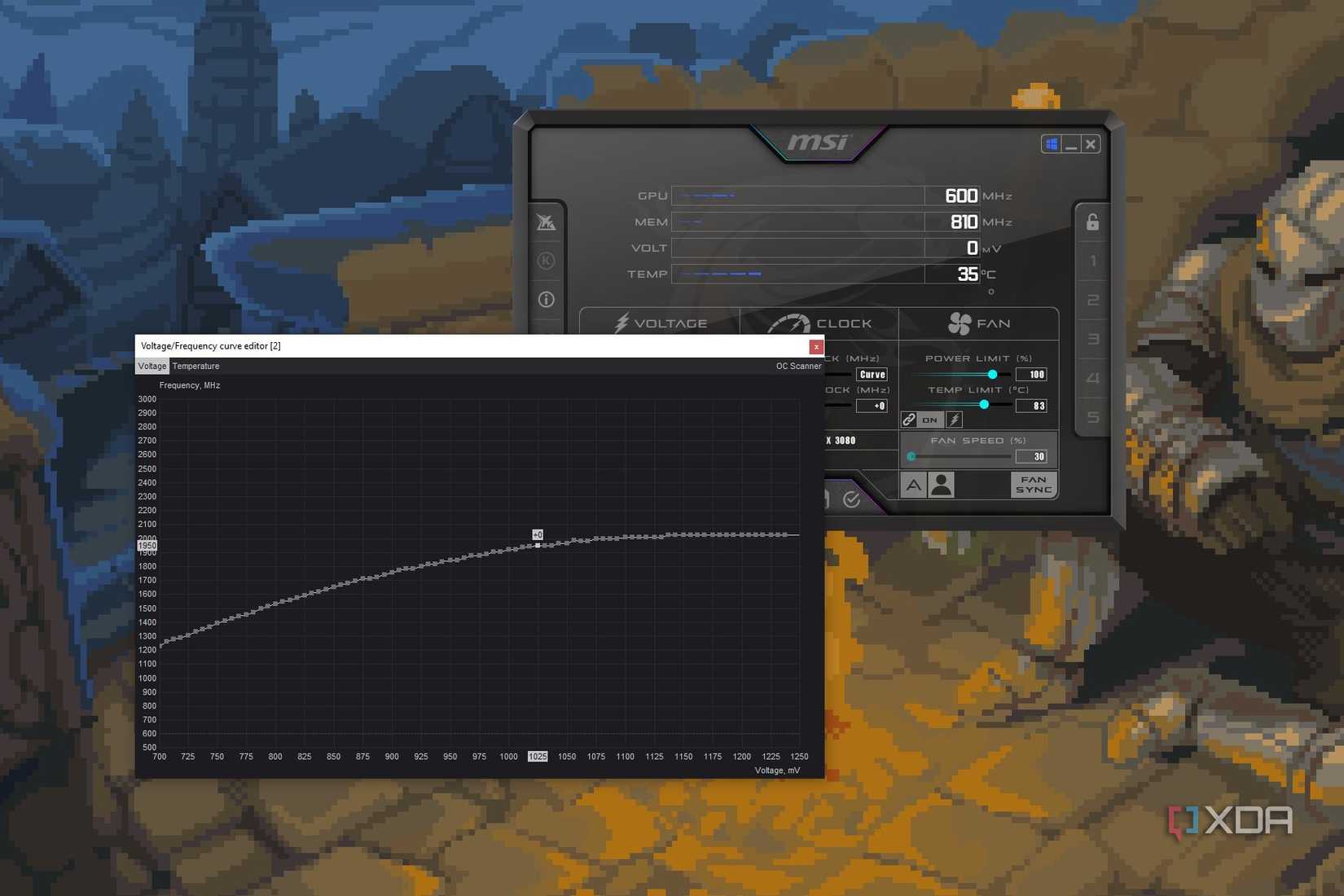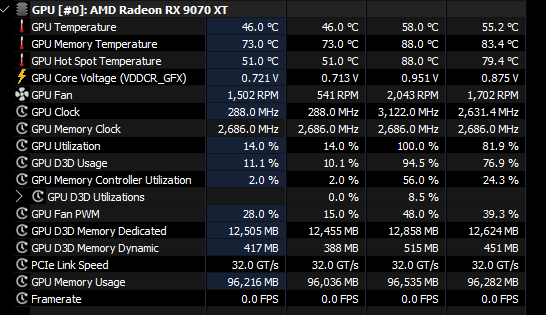His love of PCs and their components was born out of trying to squeeze every ounce of performance out of the family computer. Tinkering with his own build at age 10 turned into building PCs for friends and family, fostering a passion that would ultimately take shape as a career path.
Besides being the first call for tech support for those close to him, Ty is a computer science student, with his focus being cloud computing and networking. He also competed in semi-pro Counter-Strike for 8 years, making him intimately familiar with everything to do with peripherals.
When we consider performance-enhancing techniques outside buying brand-new hardware, most people probably think of things like improving cooling, increasing the power limit or overclocking. While these are absolutely valid ways to squeeze more performance out of a component like your graphics card, there's another, perhaps counterintuative, way to do that, and that's through undervolting.
Why undervolt?
Wouldn't you want more power, not less?
As PC enthuasiasts, we associate more power with higher clock speeds, and while it is true that you can achieve more performance through balancing these two things, modern GPUs are often running with core voltages much higher than they otherwise need.
Most GPUs from the last dozen generations or so will automatically chase the highest stable frequency inside a certain range. Your card is always calculating where it is within a certain temperature and power range, and adjusts clocks based on that. If it begins to touch the power limit, or hotspot temps start to creep upward, the algorithm adjusts for this, and will decrease clock speed. This is where undervolting comes in. Undervolting is the practice of decreasing core voltage while maintaining clock speed. The keen among you may have already seen where this is going.
More work with less voltage
It's possible with most GPUs

At stock, your GPU will pull a specific amount of power from both the PCIe socket and the auxiliary power in the form of 12VHP or 6-pin cables. When it needs more power, it will request more, but only up to a certain limit. Manufacturers will set these stock voltages based on what is stable for all the chips they've tested, and this estimate is usually on the higher end for stability's sake. There is a floor here, and once you reach it, you might not crash and burn like you would with pushing higher voltages, but you'll still crash all the same.
Decreasing this voltage will allow your GPU to maintain its boost clock for longer because it's not running into thermal limits. Adjusting the power limit alongside the core voltage will allow the boost algorithm to take further advantage of the extra headroom, potentially even increasing clock speeds. Think about it like this: if every MHz has a "cost" of power associated with it, all undervolting does is decrease the cost, allowing your GPU to push clocks higher all on its own.
Don't knock the knock-on effects
Thermals and noise are much better

The "side effects" of undervolting are just as valuable and the primary effect of better performance. Lower thermals mean less overall heat being radiated onto other components, especially memory, which flank the GPU core. This opens up the potential for higher VRAM frequencies as well as increased longevity for other components on the board.
Lower temperatures, of course, also means lower noise. Your GPU fans don't have to spin up to as high of an RPM because there's just not as much heat to dissipate. This trickles down to everything in your system, because your GPU is one of, if not, the biggest heat producer in your rig.
There's a very fine line of stability
Walking that line is crucial

Briefly, I mentioned that there's a floor associated with your GPU voltage. It's not the same as pumping too much through your GPU core—there's no potential for serious harm like there is with overclocking, but when undervolting, you'll be walking that same, fine line with stability.
The best way to test if your undervolt is stable is by putting the GPU under both a synthetic load (like FurMark or a 3DMark benchmark) and a real load. Different types of games and applications stress your GPU in different ways, so it's important to get a gauge on stability for all different kinds of loads, for extended periods of time.
Some GPUs within a certain spec will have different tolerances for undervolting than others, even within the same SKU of card. Just like with overclocking, not every RX 9070 XT is created equal, and not even every NITRO+ Sapphire card is. Some will take to lower voltages better than others, so your mileage may vary.
While we associate lower voltages with lower performance, when it comes to deliberately undervolting a GPU, you can actually improve performance significantly, depending on the card itself. Decreasing voltage while maintaining the same (or increasing) clock speeds gives more consistent performance while also decreasing temperatures and noise.
.png)












 English (US) ·
English (US) ·